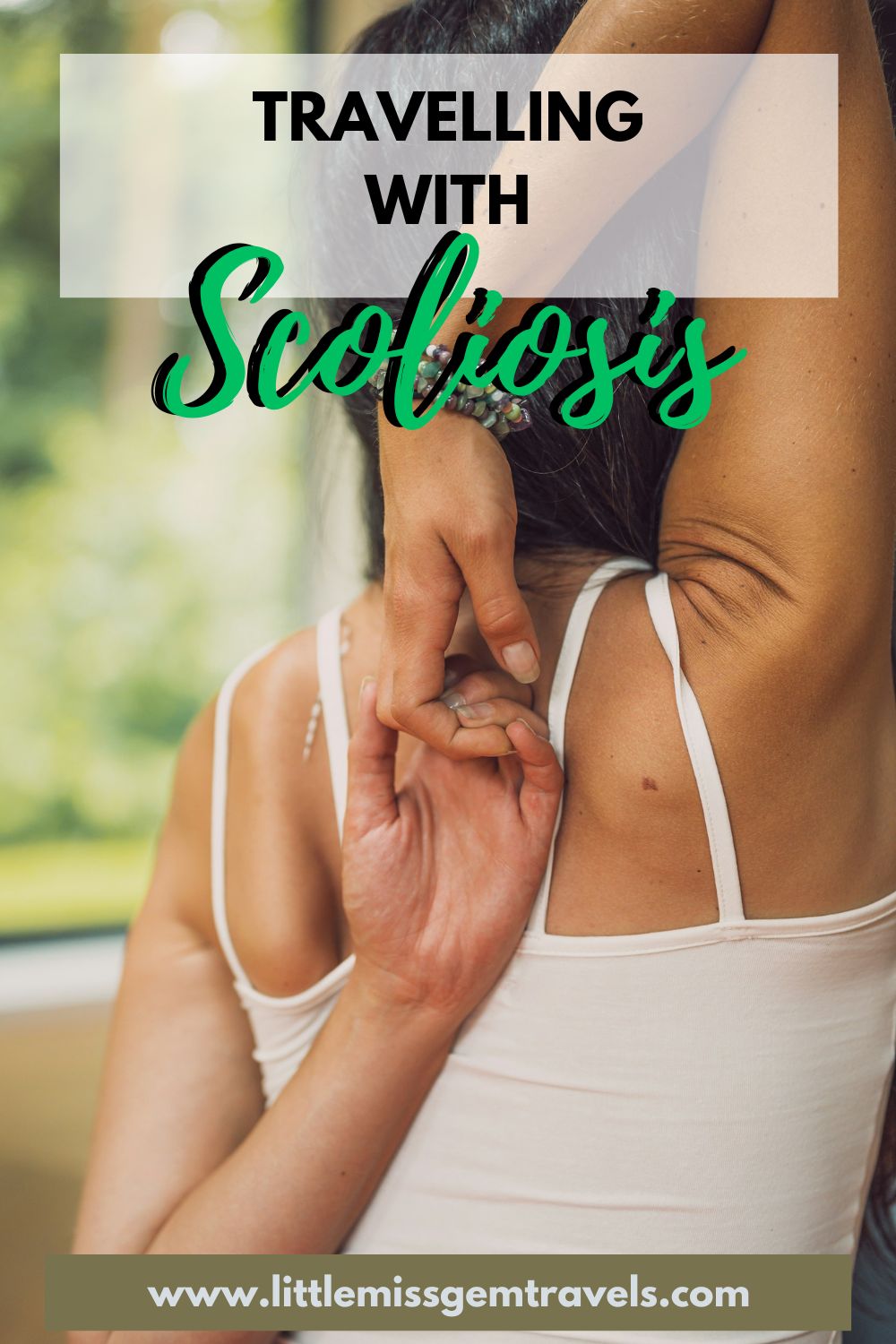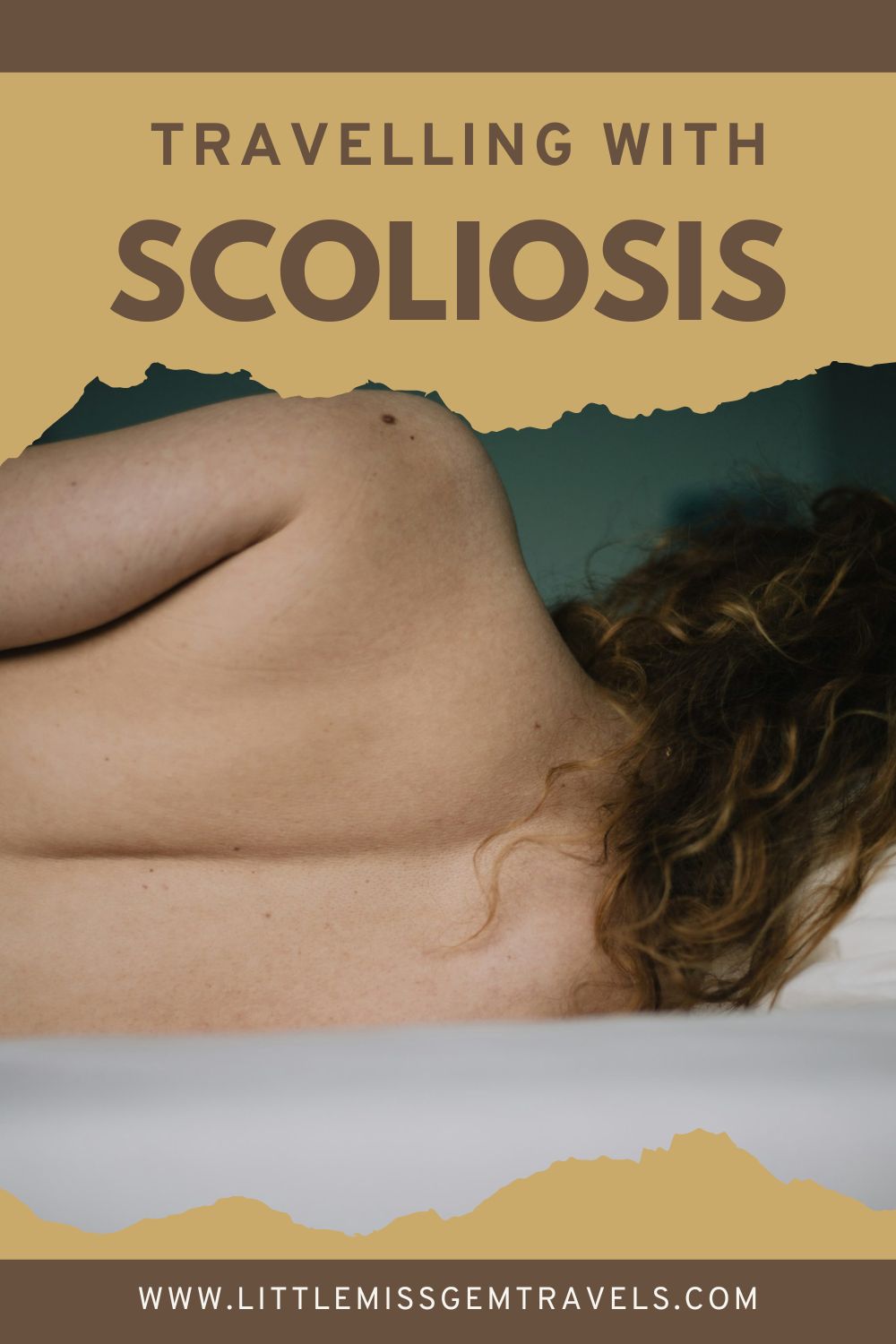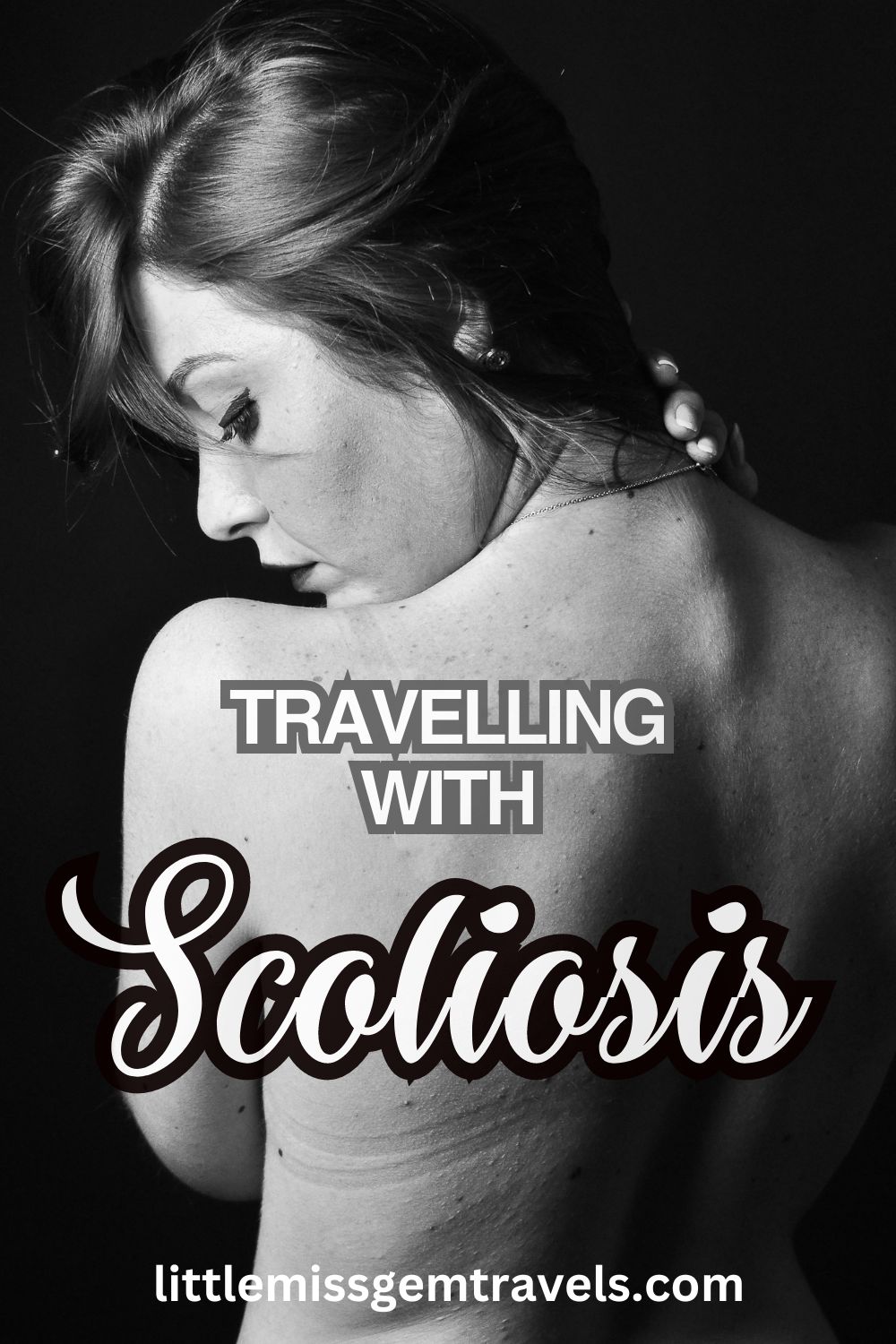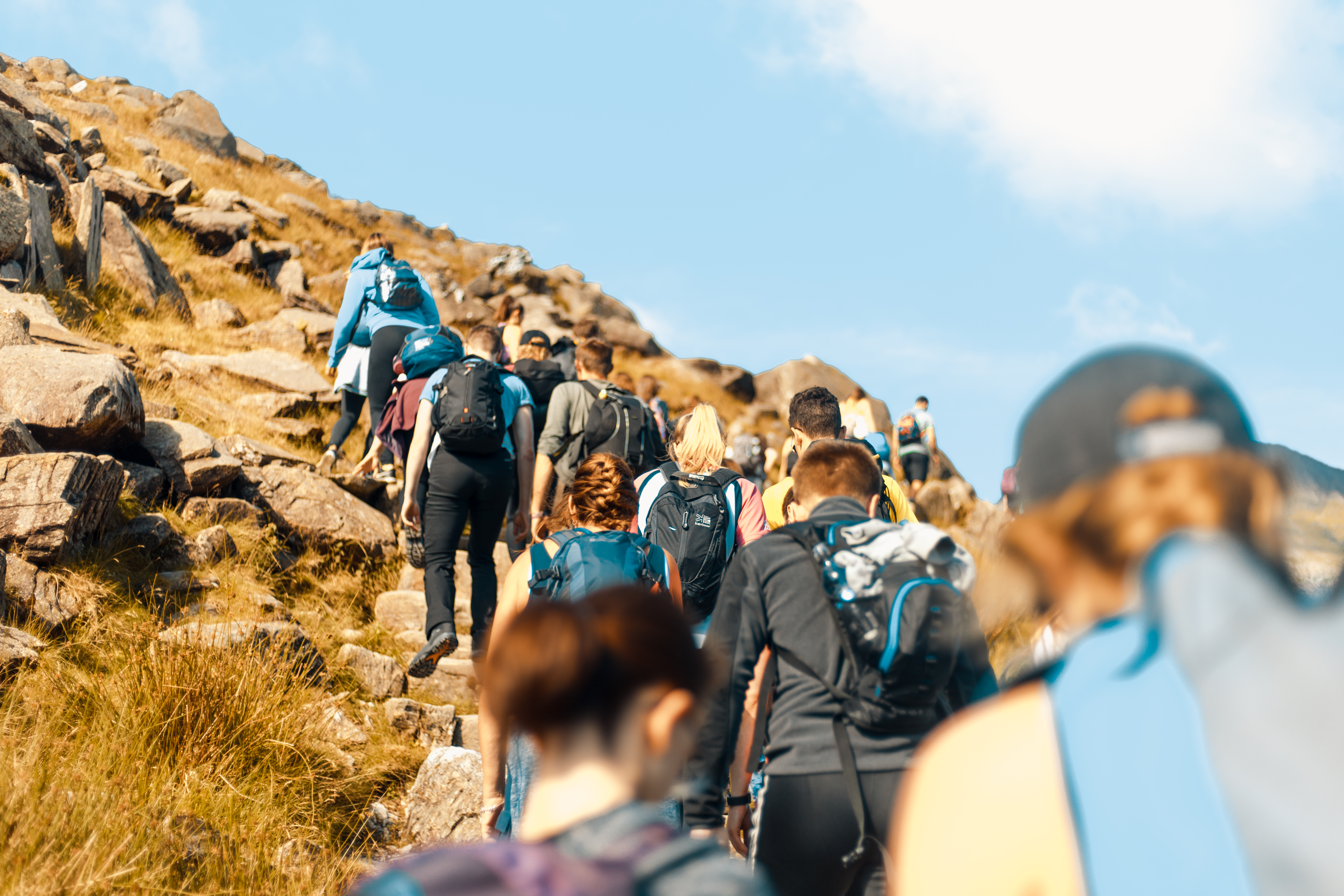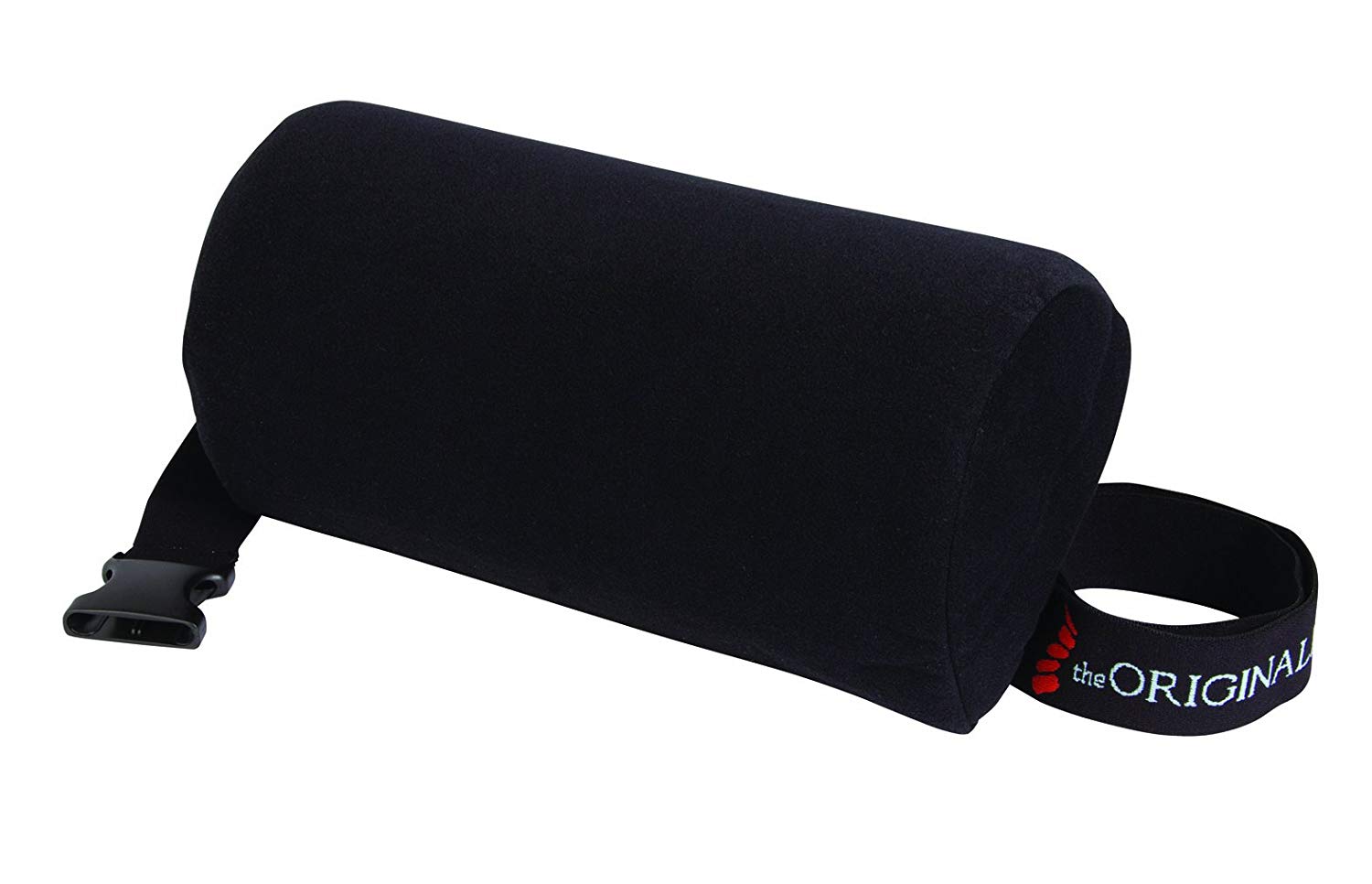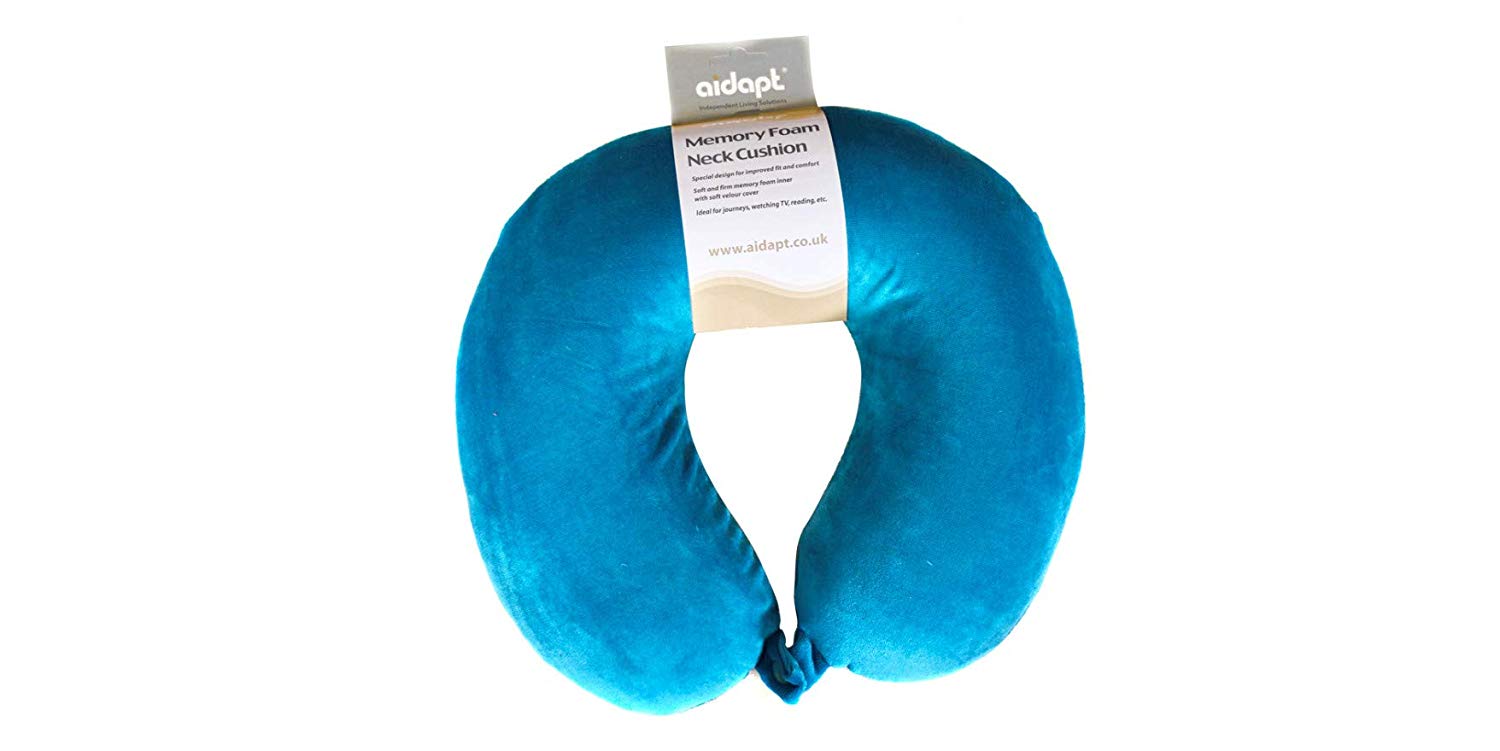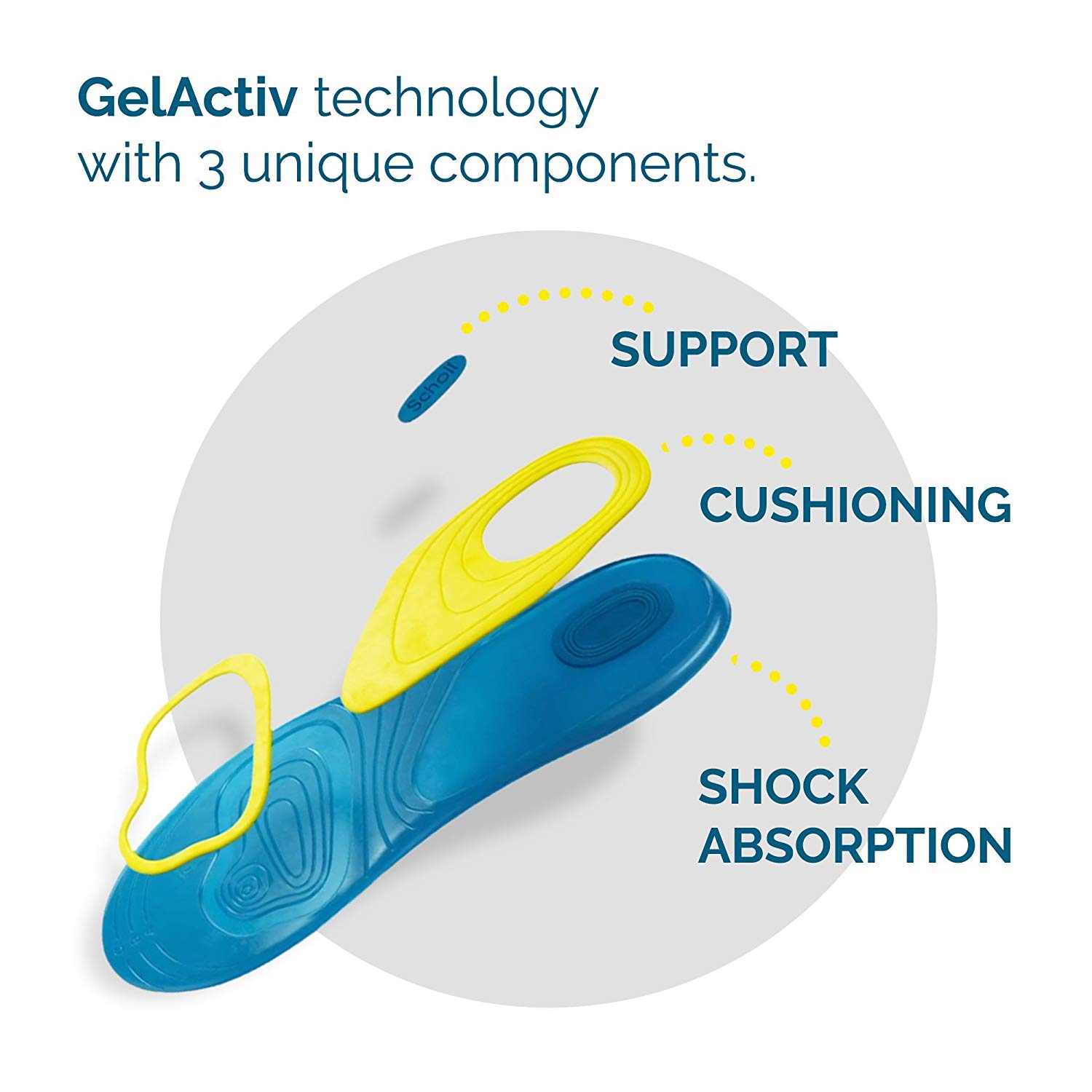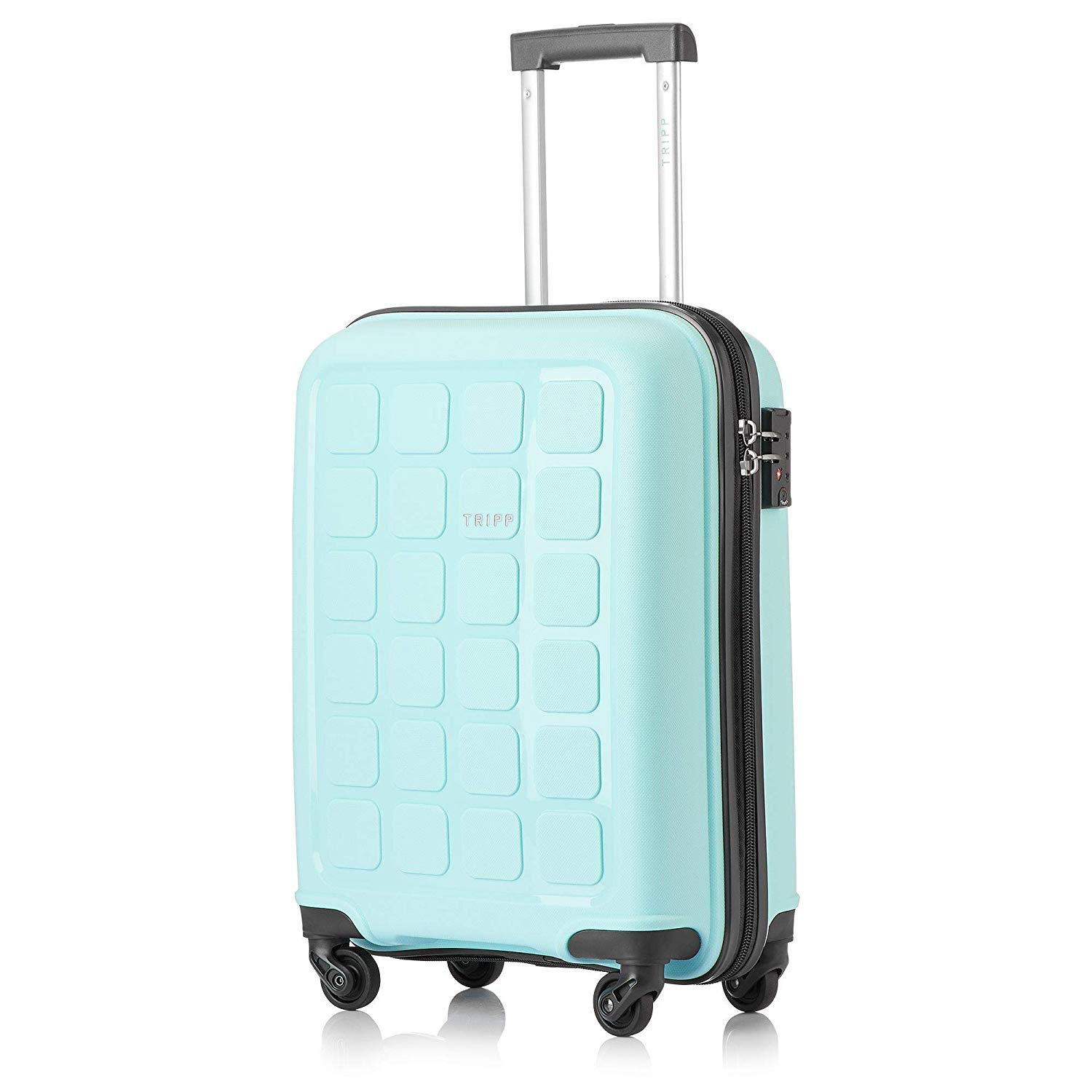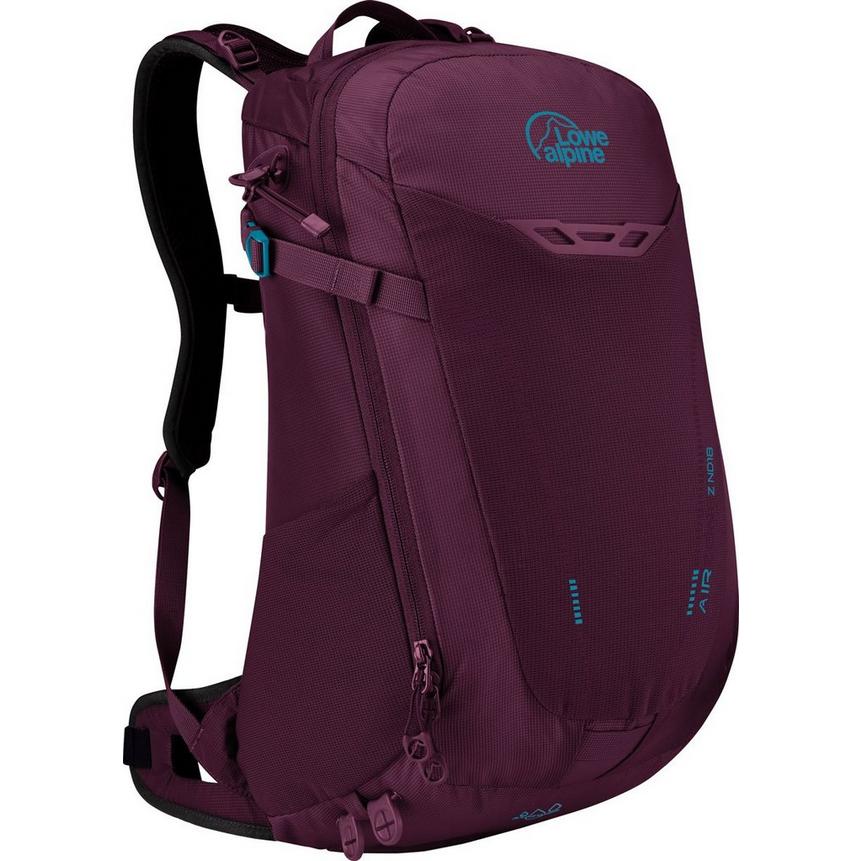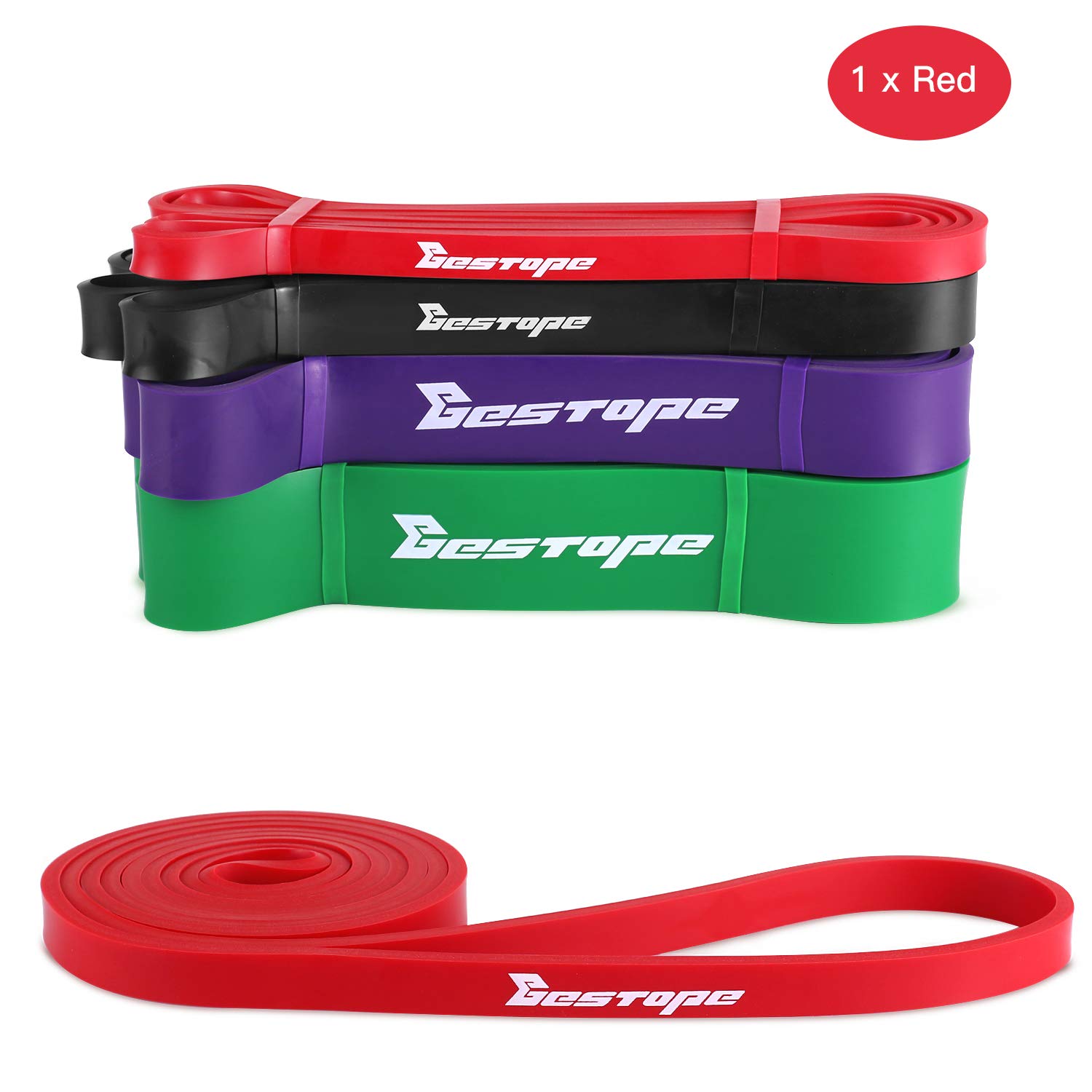The posts in this blog may include affiliate links. This means that when you decide to purchase anything through these links I get a small commission at NO extra cost to you.
Please Note: I am in no way medically qualified.
This post is not designed to provide medical assistance. If you are experiencing any form of back problem please seek professional medical advice.
Scoliosis is a deformity of the spine, but it can effect everyone in different ways, their pain level will vary, their degree of curvature will vary, how they cope with pain will vary and how it can effect any travel plans you may have will also vary. There is actually very little information on the internet about the individual ways that scoliosis can impact a person’s life, and even less on how travelling with Scoliosis can be achieved.
This post is about how it effects me and how I deal with travelling with Scoliosis.
Travelling With Scoliosis
Scoliosis and Me
I was diagnosed when I was sixteen with Adolescent Idiopathic Scoliosis. This means I was diagnosed later than a lot of people with the condition, it also means that there is no definitive reason as to why I developed it.
My scoliosis can be identified by the fact that one of my shoulder blades is much more prominent that the other, my shoulders are uneven, and so are my hips. This means that I would often suffer from severe pain across my lower back and deep into my shoulder blades – this in turn caused pain and discomfort in my neck, hips and legs. The twisting of my spine and deformity of my ribcage meant that at times standing or walking for significant periods of time also left me horribly breathless.
I had to endure two bouts of surgery, the first one was stopped midway as I haemorrhaged and after losing around five pints of blood, had to have a full blood transfusion. Finally 10 days later I had the major spinal fusion operation to correct and stabilise my scoliosis.
My spine was straightened with two titanium rods and approximately 12 screws and fused into a straighter position. The surgery itself took around 6 hours, in total I was in hospital for three weeks, off work completely for about 3 months, then after slowly increasing my hours and days, I finally returned to work full time after around 7 months.
It was a major operation and recovery was painful and one of the toughest experiences I have ever been through.
After the surgery, I had to learn the basics all over again. I couldn’t even sit up by myself to start with and it felt like I had to learn to walk all over again.
This was all in 2007, when I was 21 years old. Ten years on I still occasionally suffer from stiffness in my lower back, pain in my shoulder blades and a stiffness in my neck, but ultimately the pain is so significantly less than it was that I can rarely compare the before and after.

Travelling With Scoliosis
Even though Scoliosis sometimes causes me pain and discomfort, it doesn’t have to stop me living my life.
Transport
Seating can be a nightmare at the best of times. Chairs just aren’t made for people with uneven shoulder blades. Sitting with your back to the back of a seat is impossible. Transport can also be a challenge, whether it’s a coach, train or even flight.
Something I would definitely recommend if you’re concerned about how you might manage on a flight is to tell the flight crew (or even contact the airline at the time of booking) – I have heard of some airlines who will provide extra pillows if needed and will also help you to find a space should you need to move around and stretch out.
Another thing I would definitely recommend for any journey would be a cushion, if you suffer from lower back pain then a lumbar cushion is definitely worth buying, a neck cushion to avoid unwanted pain and discomfort is also a must.
Footwear
Not only can the wrong shoes damage your feet, but if you have any issues with your back then ill fitting or uncomfortable shoes can do a lot more damage than you may be aware. Your shoes effect the way you stand and walk, but this in turns changes your posture and how you hold yourself.
A way of ensuring that your shoes are even more comfortable and see you through your travels is try a pair of insoles.
Luggage
You may prefer to travel with a suitcase, in which case opt for one with four wheels as they are much easier to move, therefore less strain is made on the shoulders and neck. If possible stick to carry-on sized luggage – this will help keep the weight down and make it much more manageable.
If however you are a fan of backpacks then make sure you try on and test out as many as possible before making a final decision. The backpack needs to fit you, so I wouldn’t recommend just borrowing one and hoping it does the job. You’ll regret it before you even reach your destination. An external frame is a must, as are adjustable chest straps and a hipbelt, these will ensure the weight is evenly distributed and kept off your shoulders and neck.
Exercise and Stretch
Try packing a resistance band to help you stretch and stop any aches and pains from disrupting your travel plans.
If your doctor has recommended exercises and stretches. Do them.
It’s even more important to do them when you’re travelling. Long uncomfortable journeys, sleeping in unfamiliar beds, walking for hours as you explore your destination, and taking part in all those fun new activities are all going to take their toll on your body.
I hope from reading this post you come to realise and understand that no two cases of Scoliosis are the same.
No two people will experience it in the same way. Where they feel pain and discomfort will be different, how they cope and deal with the pain will be different, what treatment they receive will be different.
The way they travel will also be different.
Travelling with Scoliosis is as unique and individual as the person themselves.
Do you (or anyone you know) suffer from Scoliosis or other back conditions? How do you manage whilst travelling?
Let me know in the comments.
If you want anymore information, check out the Scoliosis Association website
